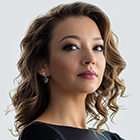Editorial Photography

What is editorial photography? What are the main differences between commercial, fashion and editorial photography genres? Is it really the most expensive photography direction? How many beginning photographers become successful in the first two years of experience? Let’s find it out together!
What is Editorial Photography?
Editorial photo shoot is aimed to display different stories, articles, texts, publication ideas, and adorn the text with visual content that is published in magazines, books, posters, etc. No matter what photography genre you are working in (photojournalism, fashion, portrait, sports, and landscape photography) you may try creative editorial photography. You should also remember that being an editorial photographer means that you will have your images published.

Editorial photography means the bunch of photos that tell a story. It includes about 6-15 pictures having 6 or 10 kinds of looks. All details in the photoshoot are important, starting from the hairdressing, make-up, clothing to the photography props and location. You need to think everything over to hold an exciting editorial photography.

You do not have to take editorial photography only outside with lots of props or choose the special place for photo shooting. They can be just very ordinary snapshots taken at the grayish backdrop paper. You may organize quality an editorial photo shoot at the simple background using proper make-up, lighting or clothing.
- Receive professional high end photo retouching for $10 per photo.
Editorial Photography vs Other Styles
People often ask me how editorial photography differs from the fashion image and commercial photo. Though lots may know the editorial photography definition, I decided to explain the meaning of these three terms.
- Commercial Image: Sells a product
- Fashion Image: Sells a lifestyle
- Editorial Image: Sells a story
Commercial Photography
When taking a commercial picture, the photographer singles out only the product. So, there is no emphasis on the style, backdrop. All the props are very simple.


You may find such commercial shots in the catalogs with models posing at white or any plain backdrop. The commercial photography involves less lighting and almost no make-up.
Works for a Brand. Commercial images are created to meet the brand’s needs and advertise their products or services. They are usually used in ads and commercials.
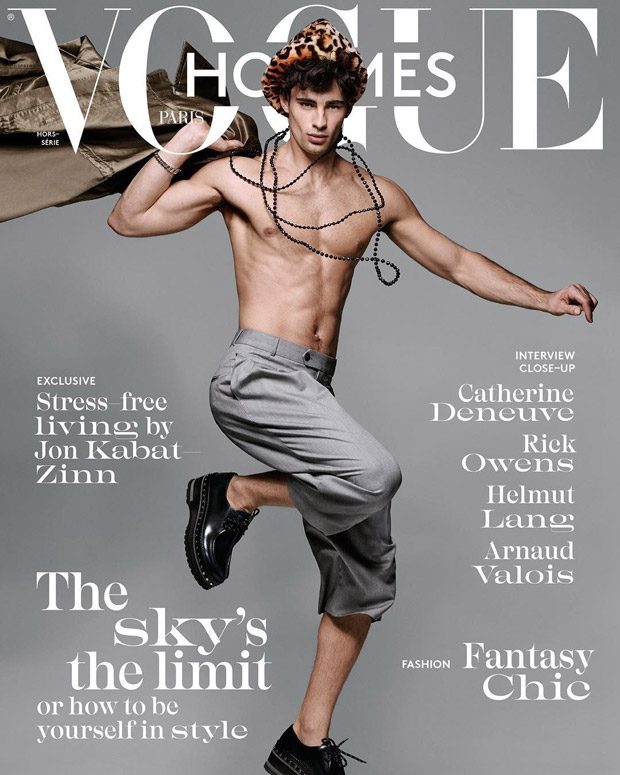
Brand Determines Finances. There is always a limited amount of money for commercial shooting. I mean that a company gives some money to cover photo session expenses including salaries for company members involved and image editing service expenses. The budget varies from time to time: it can be small or big, depending on the brand.

Goal Oriented Images. It is about the pictures, which are aimed to boost the brand’s sales.
Tell Brand’s Story. Unlike the editorial photography, which can illustrate any story, commercial images tell the stories about a brand.

Arranged by the Brand. Photographers tend to arrange editorial photography shooting on their own, so they can show more creativity in the photos. Talking about commercial images, the brand organizes the process and puts forward the idea and stuff for the shoot. So, it means that taking commercial images, the photographer does not feel free to leave his creative touch on the photos. There is a definite message that the brand is going to transmit via these images.

Commercial images and editorial photography examples are very alike but their scope is quite different. Commercial photos are mostly used in ads and for social media purposes. Editorials are used in magazines, websites, and newspapers.
Fashion Photography

They Sell the Lifestyle. In contrast to commercial images, these pictures mainly focus on the atmosphere and style, instead of garments. The clothes are used only to emphasize a specific lifestyle and serve as a kind of accessories.

Complicated Photo Shooting. The photos are very difficult to take. You will hardly see these pictures taken at the white or any plain backgrounds.

Dramatic Style. In this kind of photography, you may notice that a model usually has a stylish and bright look with the accent on the eyes make-up.

Lighting is Essential. As time passes, it is getting more complicated to take the stylish and dramatic picture as it requires more lighting. Lots of commercial photos need just one lighting source, but for the shots, photographers are using a great variety of lighting equipment. There are usually about 7 lights that I typically use to take a dramatic fashion shot. But it is not a limit, because other professional photographers use even more lights. The challenge is to make the picture look more dramatic, and the lighting is rather an effective tool to get the necessary effect.

Editorial Photography
So, what is editorial photography? It looks very familiar to fashion shots as the editorial photos do not tend to sell any products as well. Their ideas are more meaningful. While fashion images try to show the lifestyle, editorial photography tells the story.

They Tell the Story. Editorial images are stories which have been thought up and implemented by talented people. For instance, there is black and white editorial photography published on Vogue pages.

Free to Create. There are almost no rules in editorial photography. It is a great opportunity for the team (clothing stylists, hair stylists, make-up artists) to demonstrate their creativity and to have real fun.

Editorials for Mass Media. Photographers create these shots to publish them in magazines or the blogs. The order for photo shoots and payment may be different. It occurs that magazines pay a commission to a photographer first and then he/she takes images. However, sometimes there are numbers of appropriate images in a photographer’s stock, and he/she publishes them at first.

The very important feature of Editorial photography is that products and clothes must be from many designers, in contrast to Advertising photography. In Ads, the emphasis should be only on one designer.
No budget. The evident drawback of editorial photography is its small budget. Magazines used to pay a photographer a little fee, that’s why most of the shots are submitted to publications first.

Editorial Photo Shoot Steps
Have you ever tried to answer the question “What is editorial photography” and how to arrange such type of photo shooting from the very beginning to the stage of selecting the models! Here you will get a full step-by-step guide on how to realize such an idea.
Step 1. Create a Brief for Your Editorial Photo Shoot

First of all, try to understand what you know about editorial photography. Such kind of shooting puts the concept and story of the pictures first. You should determine what story you would like to convey through the finished images and what kind of characters you see in this story. Actually, here you can use your imagination as you wish. Just make up your own story, and write down everything that comes to your mind.
In order to make every aspect of your project consistent and coherent, it is an excellent idea to determine really good and powerful concept and story. Moreover, this will help not only you but your future team as well.
Below you have an opportunity to get acquainted with the editorial photography planning stages.
Stages of the Photo Shooting
- subject
- location
- mood
- lighting
- aesthetics
- styling
- hair-dress
- make-up
- references for theme or time period
Step 2. Create a Mood Board
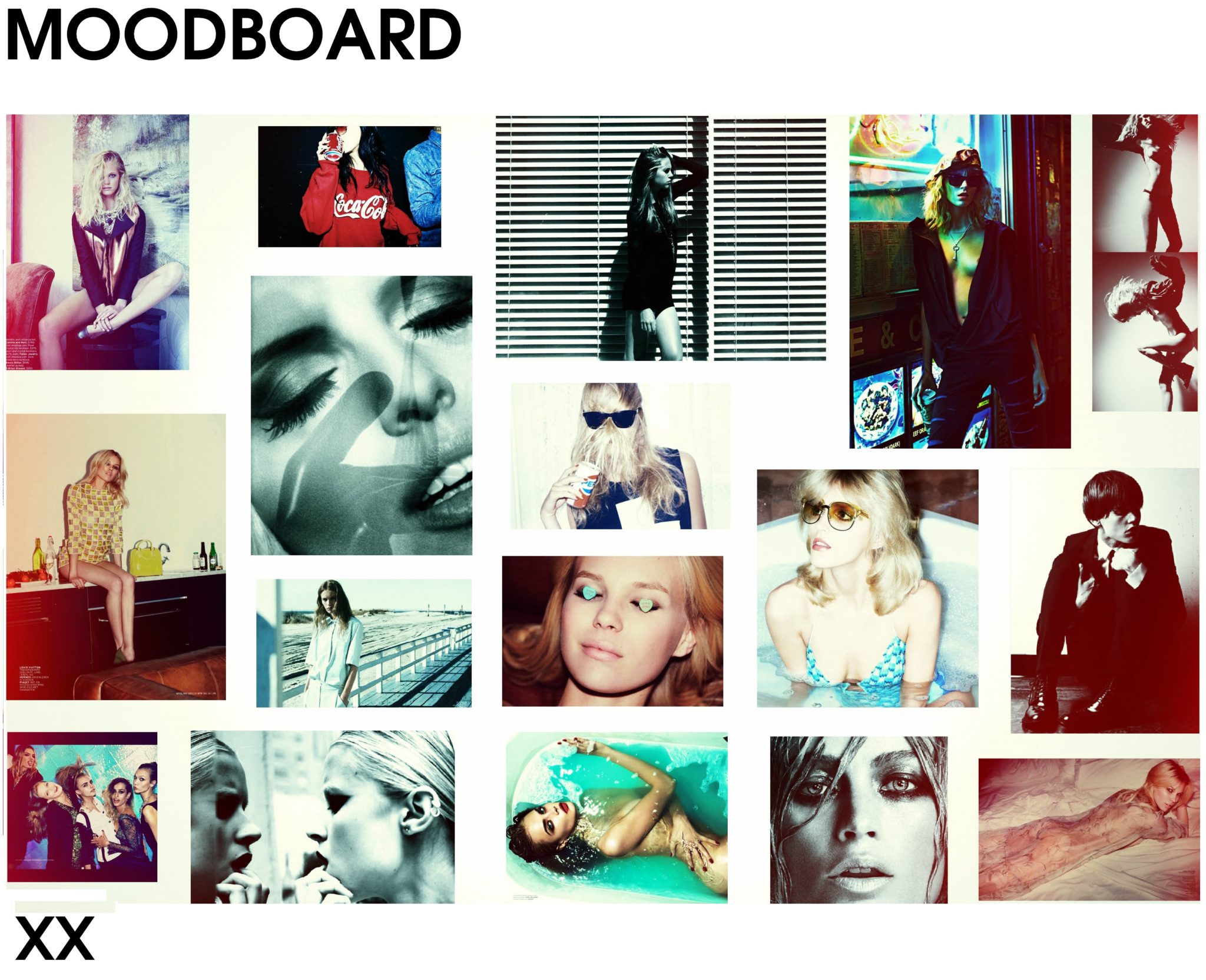
When you already have a clear plan of your shooting written down, it’s high time to find some visual editorial photography examples that would perfectly reflect your narrative. Mood board plays a great role in all kinds of photography, as it shows the concept and the story of the shooting. Mood boards will turn to be really helpful to direct the whole team to the common goal, what is essential for successful cooperation. This does not mean that you have to adhere to your mood board strictly and take the same photos. It will just reflect the overall mood and style of the photo session so that everybody is aware of the ultimate goal.
Step 3. Find the Right Team
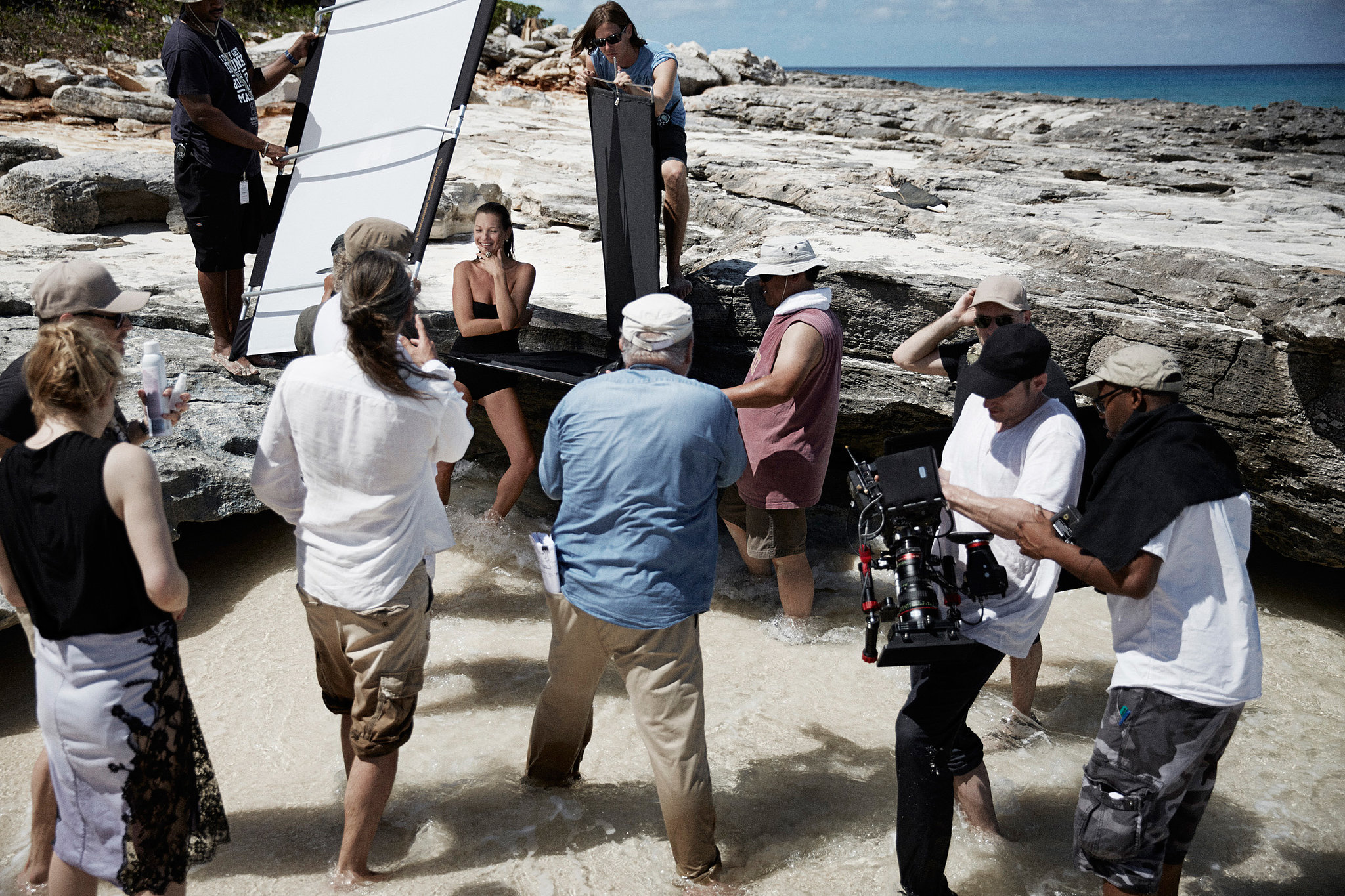
Finding your perfect team is one of the essential stages to achieve your goal. A really united team will be able to ensure successful work and great results creating masterpieces. While a single weak link in a whole team can bring all the achievements to nothing. Now it has become easier to look for the people you need. Using social media, such as Facebook or Instagram you have an opportunity to find your potential colleagues in some special groups that are related to photography, for example. The most suitable way to involve people you would like to collaborate with in your editorial stock photography or other editorial shoots is to send them your story of the shooting and the mood board. You can also add some words about your experience and previous works, if you have them, of course. The portfolio will suit such situations greatly, as it perfectly reflects the skills. So you should take care of your portfolio, and pay attention to it when you are picking someone to your team. In order to ensure that everyone will manage his/her part of work very well, you should know what you want from everybody and direct them. But you should not also overdo with your directions. Remember that each of them is a really valuable member of the team.
Step 4. Find Your Subject(s)
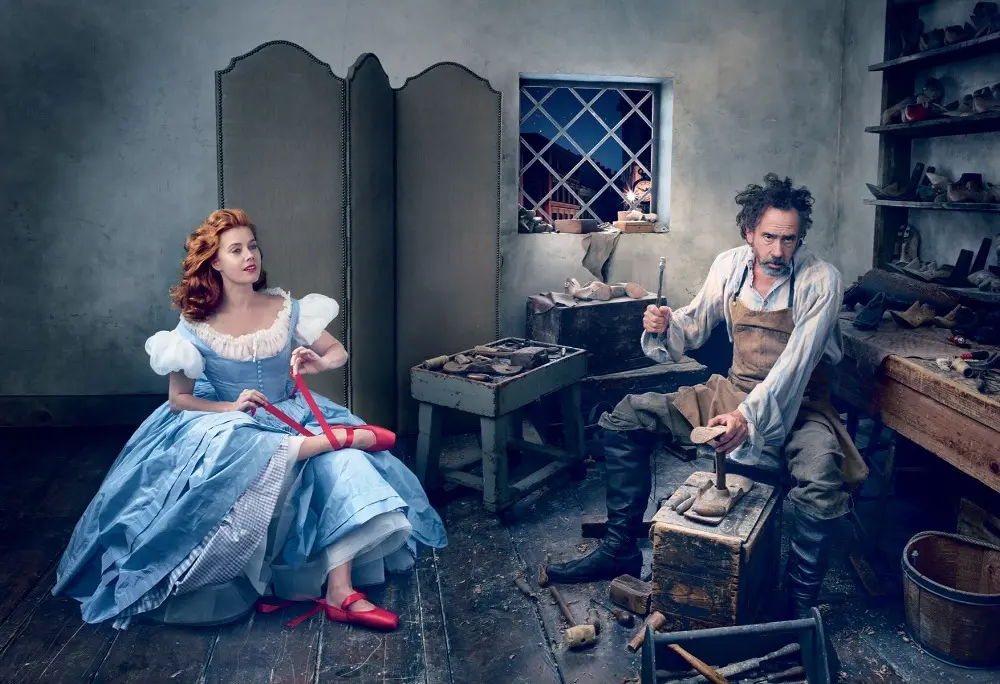
After you defined the direction, you should concentrate on photo session styling. In fact, it is even more important than you can think because it can make the overall picture much better, or vice versa, spoil it or even make you change the concept completely. Choose the model agency and send them your mood board. You will get a set of various model comp cards and have an opportunity to select models. You should decide how many people you want to shoot in your editorial style photography, their body parameters, and appearance. It is the situation when you shouldn’t be afraid to set your requirements for the models, so try to select ideal people for you. Remember that you will have to cooperate closely with these people, so in addition to their appearance and skills, pay attention to their competence and communication.
Step 5. Location
The next preparatory step is finding the location. When you arrange the photo session, you probably have to choose between location and the studio. Take into consideration that if it is serious shooting, there are probably some elements and details of the scenery that have to be included. You should have thought about that creating your plan.
So, if you decide to arrange the shooting in a studio, take care of choosing the one with a reasonable price and the scenery that will suit you and your concept the most. For example, if you want to organize black and white editorial photography, you have to look for something in a corresponding style. Before renting the place, you should set aside enough time for the shooting preparation in order to prevent haste and awkward situation in the studio.
Step 6. Styling

It is another essential stage of the shooting. You will agree that it’s impossible to convey the editorial photography story without various interesting and stylish looks. Before creating your own looks, you may first check magazine submission criteria, which usually include a list of brands they recommend to use, permit for a pull list and the minimum number of looks needed to take up your story. However, sometimes you can count on the exception depending on your story.
Step 7. Decide Where to Submit

Have you already decided on editorial photography magazines even before you started to plan your photo session? Actually, this is a great way to decide what magazine will suit you most, as every magazine features its own style, so they present the works that correspond to their theme. You can use the Internet to find the places, which could be interestingly shown in your work.
Editorial Photography Tips
Of course, every photographer has his/her own manner of taking photos, but there are some important tips that everyone should remember while dealing with editorial photography jobs.
Delivering Variation in Your Images
During the photo session (unless your story requires it) you will want to try a lot of different poses and framing. Similar to many fashion magazines, you will probably want to take your photos in a portrait manner. However, there is plenty of poses and framings that will make your creative editorial photography outstanding and not so monotonous. Below you have an opportunity to learn some kinds of framing that will allow you to make every photo different.
- Full body
- Half body
- Portrait
- Close up
- Leaning
- Sitting (floor)
- Back shot
- Wide shot (cover)
Sourcing The Industry Trends

This stage can be called the most difficult one while creating catalog photography. The point is that modern fashion industry you can see in stores and which you could use for the shooting will be no longer relevant when the magazine is released because it usually takes months to publish it. Due to this, you need to shoot for the forthcoming season. In such cases, you should address PR agencies that usually hold the upcoming trends. So as soon as you get an order from a magazine, you should apply to the different PR agencies to have access to the industry standards relevant to the time of release.
Find Inspiration
If you think that searching for inspiration from the famous editorial photographers is a kind of deception, do not worry about it, as it is normal. Actually, a lot of great shooters find ideas elsewhere. It is an excellent method to examine some famous editorial examples and check the photos on the platforms such as Instagram or Pinterest, which can help you to get some inspiration.
Focus on the Subject Matter

Many photographers are sometimes so busy with the technical aspects of the photo session than they forget about the main thing – the subject matter. You should ensure that your model looks perfect as well as his/her poses and clothing.
Don’ t be Afraid to Experiment
What is editorial photography all about? The main part here is creativity. If you want to stand out among other editorial photographers and become recognized, you must have your personal vision and your own style as well as implement different non-standard and memorable ideas. Do not be afraid to experiment and try something new. You can add visual details, utilize various props and select looks that will suit your concepts. Remember that the most famous and successful photographers have the recognizable style. Therefore, you should direct your every project on creating and developing yours.
Take Your Time

Even if you do not have much time to take care of every detail, sometimes it is better to slow down and pay attention to the scene before taking the photos. In such a way, you can avoid long image retouching hours and, as a result, save your time.
Begin with Studio Shoots and Move Up as You Go

Arranging the catalogue shoot in a studio is the best decision for the beginning editorial photographers, as there they have an opportunity to control lighting and other technical aspects. Before the shooting, you should examine the environment carefully and find unwanted shadows. You can use some extra light sources in addition to the built-in camera flash. When you achieve the results you want, you can take a closer look at the other locations to develop and bring something new to your editorial photography.
In general, editorial photography is full of different challenges, obstacles and interesting moments, so get ready! It may be a little difficult and time-consuming, but when you see your own photos on the magazine pages, you will understand that it is totally worth it.
Choose the Right Location
Select a location that complements your story and enhances the narrative. Consider the background, lighting conditions, and overall atmosphere to create the desired impact.
Pay Attention to Details
Editorial photography often involves capturing small details that contribute to the narrative. Keep an eye out for interesting textures, patterns, gestures, or objects that can add depth and visual interest to your photos.
Be Open to Spontaneity
While planning is important, don't be afraid to embrace unexpected moments or opportunities that may arise during your shoot. Spontaneous shots can often capture genuine emotions and add authenticity to your editorial story.
Use Lighting Creatively
Lighting is crucial in setting the mood and emphasizing the subject. Experiment with different lighting techniques, such as natural light, artificial lighting, or a combination of both, to create the desired ambiance.
Compose Carefully
Pay attention to the composition of your images. Use the rule of thirds, leading lines, symmetry, or other composition techniques to create visually pleasing and dynamic images. Be mindful of the background and ensure it doesn't distract from the main subject.
